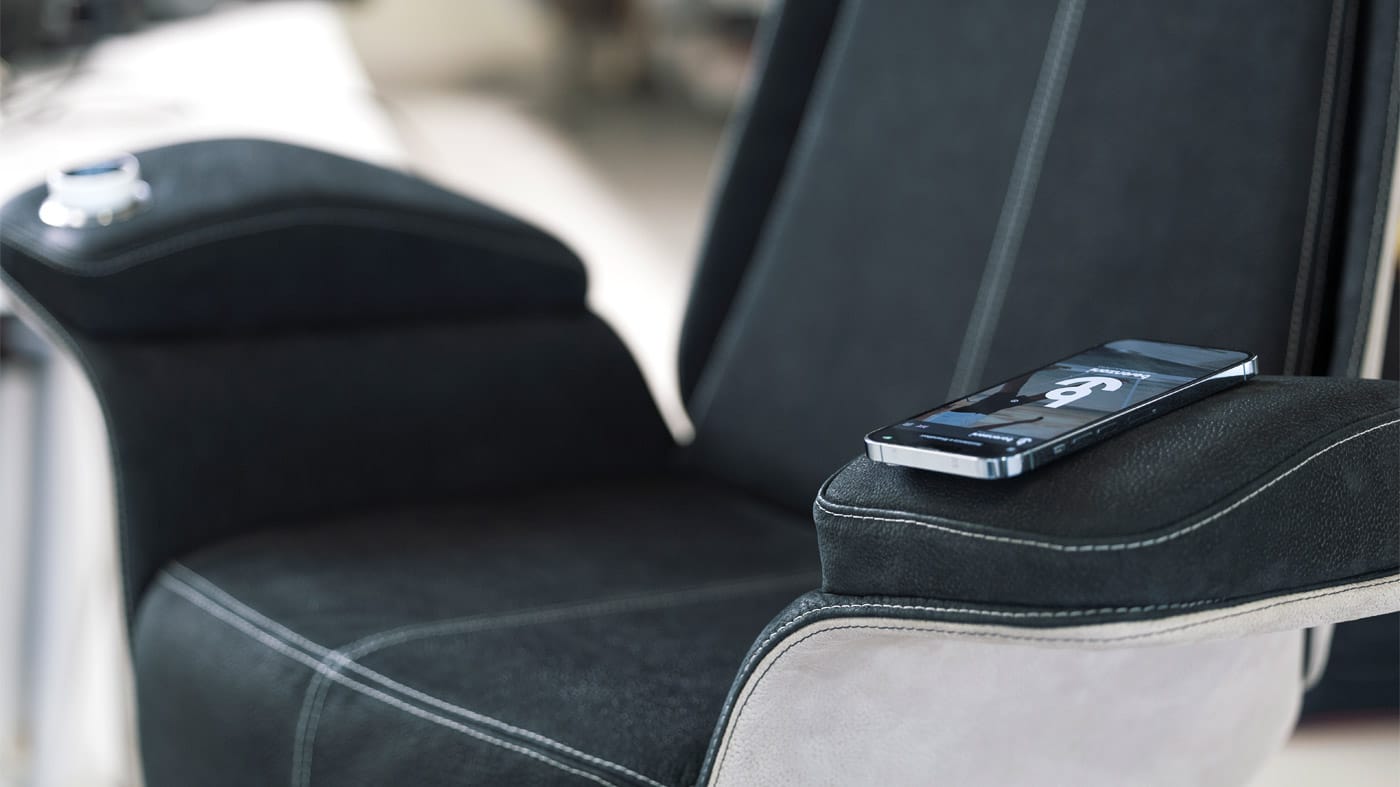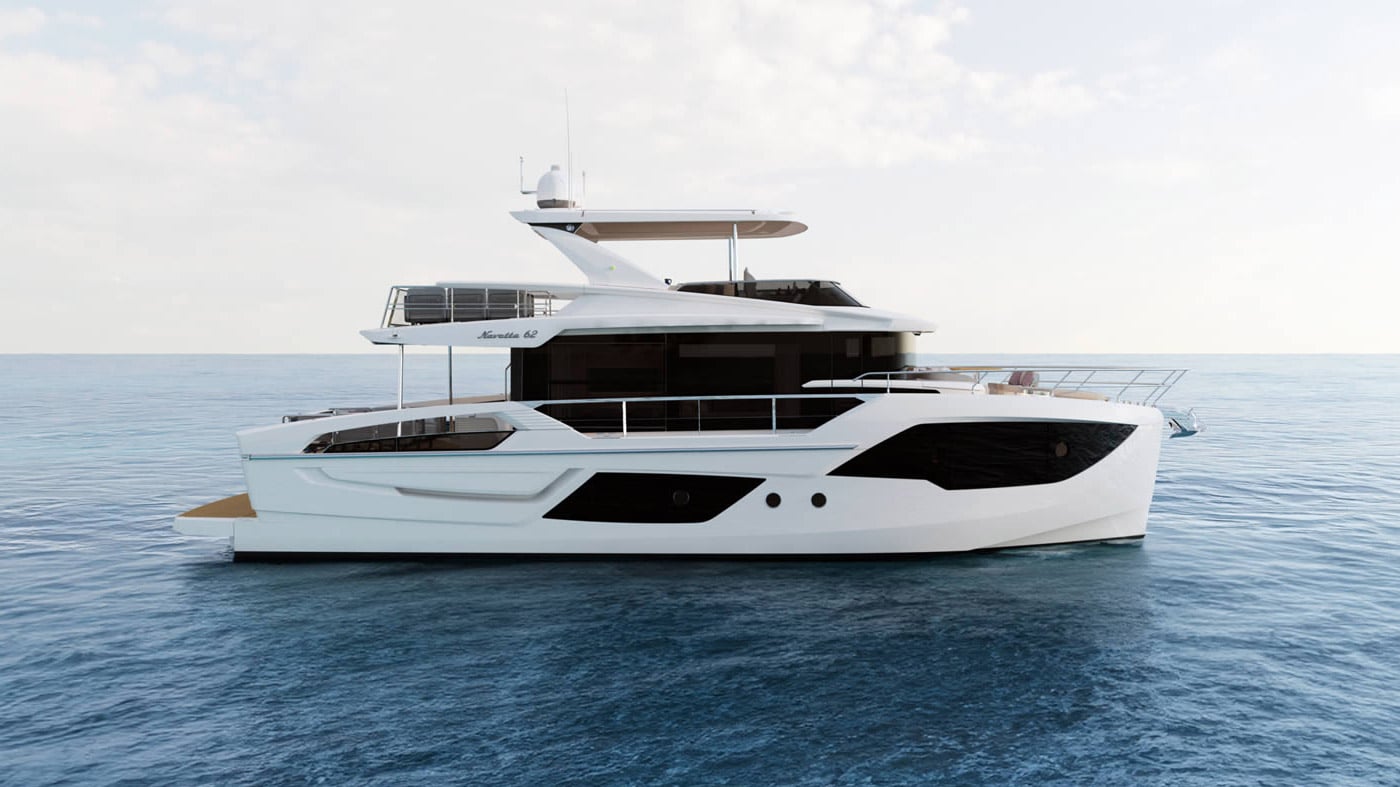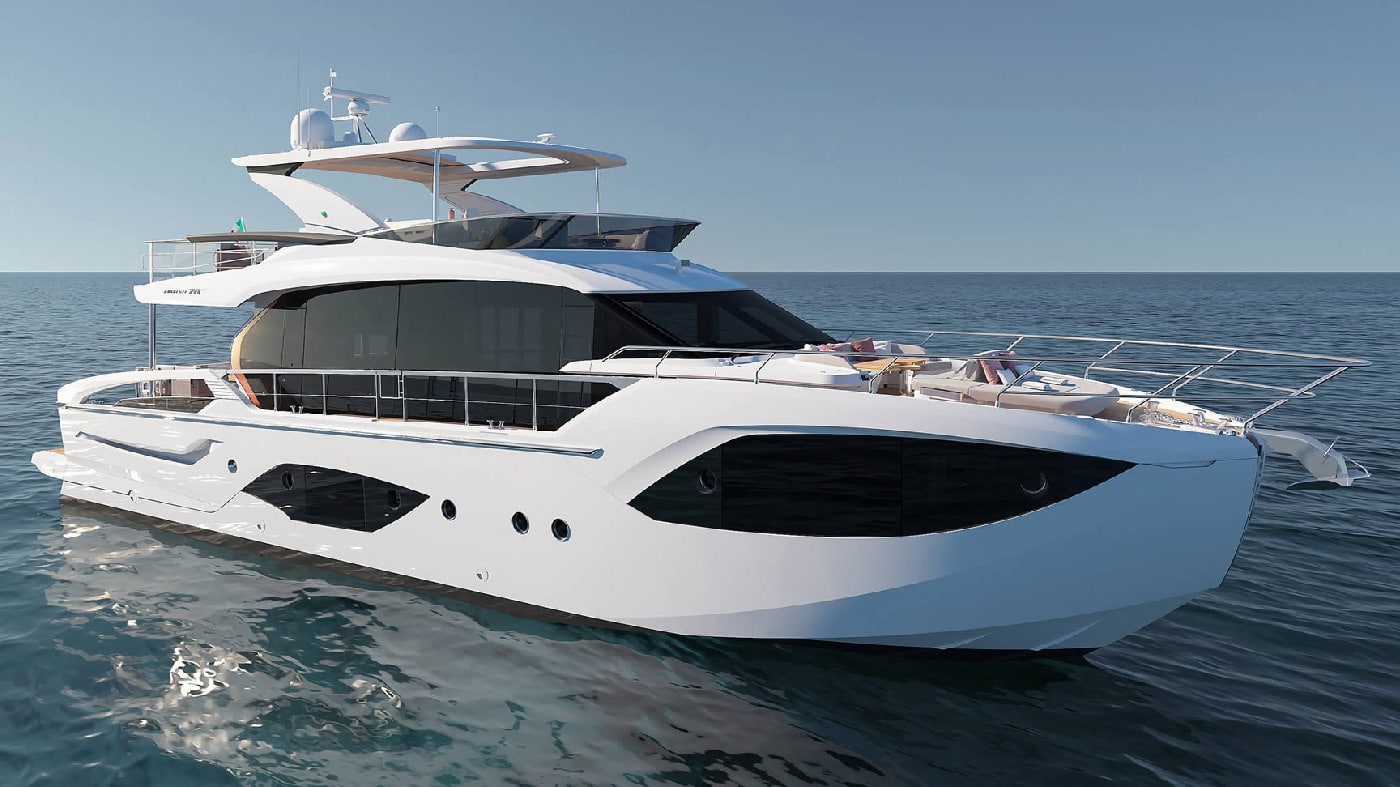It’s a golden period for J Class yachts. The J Class Association has recently become an affiliate member of the International Maxi Association (IMA) obtaining its first class world championship. The event comes in a year when America’s Cup is trying to draw attention also thanks the presence of these historic sailing yachts which have represented the highest moment of the competition.

The IMA administers the Maxi Class and it is recognized by sport’s governing body, World Sailing. This condition allows IMA to stage annual World Championships for maxi boats, notably the Maxi 72 World Championship, held every September in the waters of Porto Cervo, Sardinia, and now the J Class World Championship.
For the Js, the championship will mark the end of a heavily America’s Cup-oriented season. Their main summer events will be both held in Bermuda in June: the America’s Cup Superyacht Regatta and the America’s Cup J Class Regatta, the latter coinciding with the first two days of the 35th America’s Cup.

From Bermuda, these 40-metre sailing yachts will sail to Newport, in Rhode Island, their spiritual home for over 130 years. Here, the J Class World Championship will be held from August 21st to 26th and the magnificent yachts will compete in the same waters as they did in their heyday in the 1930s when American J boats, led by the railroad tycoon Harold S. Vanderbilt, mounted successful defenses against strong British challenges from Sir Thomas Lipton and Sir Tom Sopwith. At the moment, the championships already has six contenders: Velsheda, Ranger, Lionheart, Svea, Hanuman e Topaz.

This historic year for the class also coincides with the launch of the new Svea/JS1 last January, with which the fleet now has nine yachts, the largest number in the history of these boats.
After the official launch by the Dutch shipyard Vitters, Svea has already experienced her first sea trials. This new J Class yacht was designed by Hoek Design Naval Architect which, in a 43.6-metre overall length, has integrated the original keel designed by Thore Holm in 1937. The new project has introduced new materials: the hull, in fact, is made of aluminium and the 53.75-metre mast is entirely made of carbon fibre.
The original design envisaged different deck layouts but the final owner’s choice was to arrange the deck plan according to new equipment used on modern J Class yachts. Interiors include three cabins for 6 guests (an owner’s cabin and two with twin beds) while crew quarters can host up to 7 people.


























